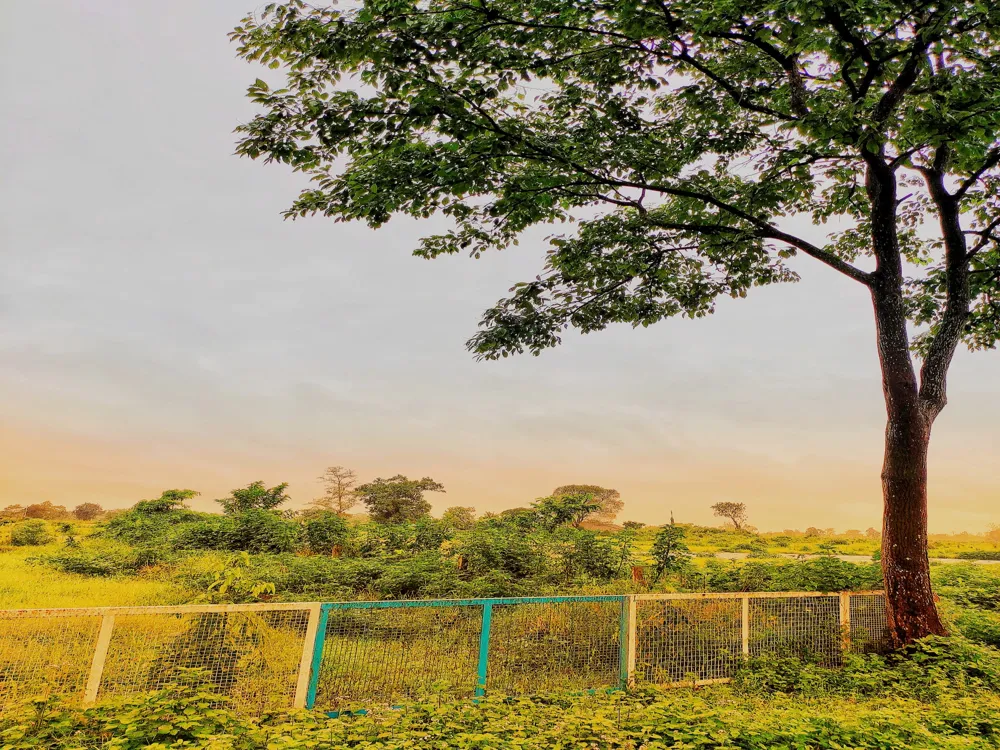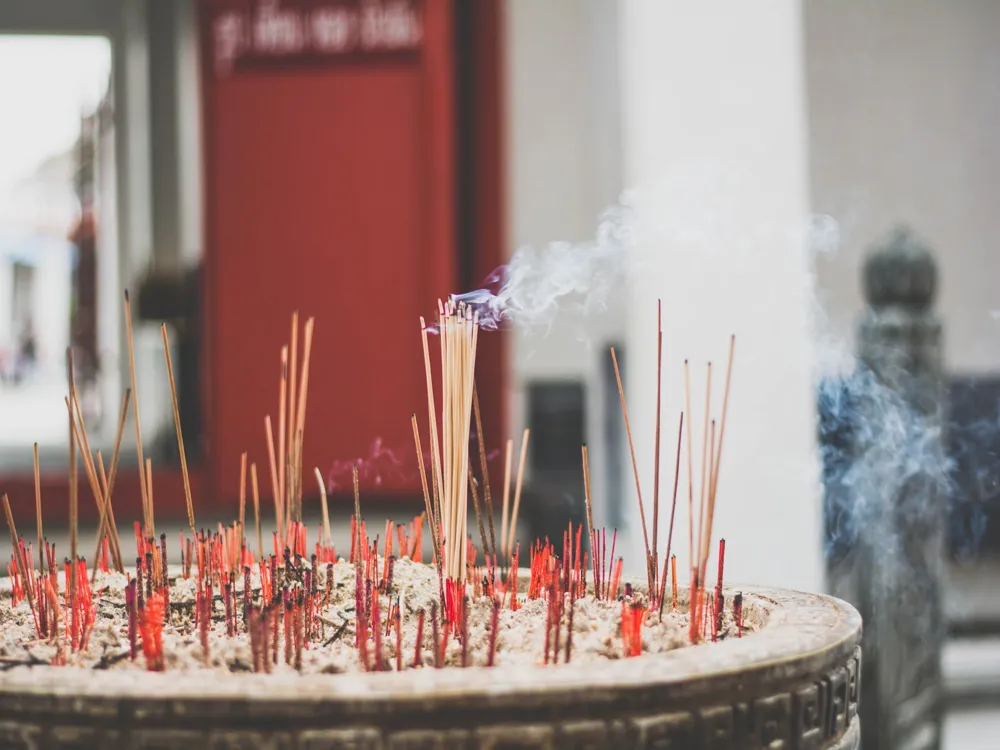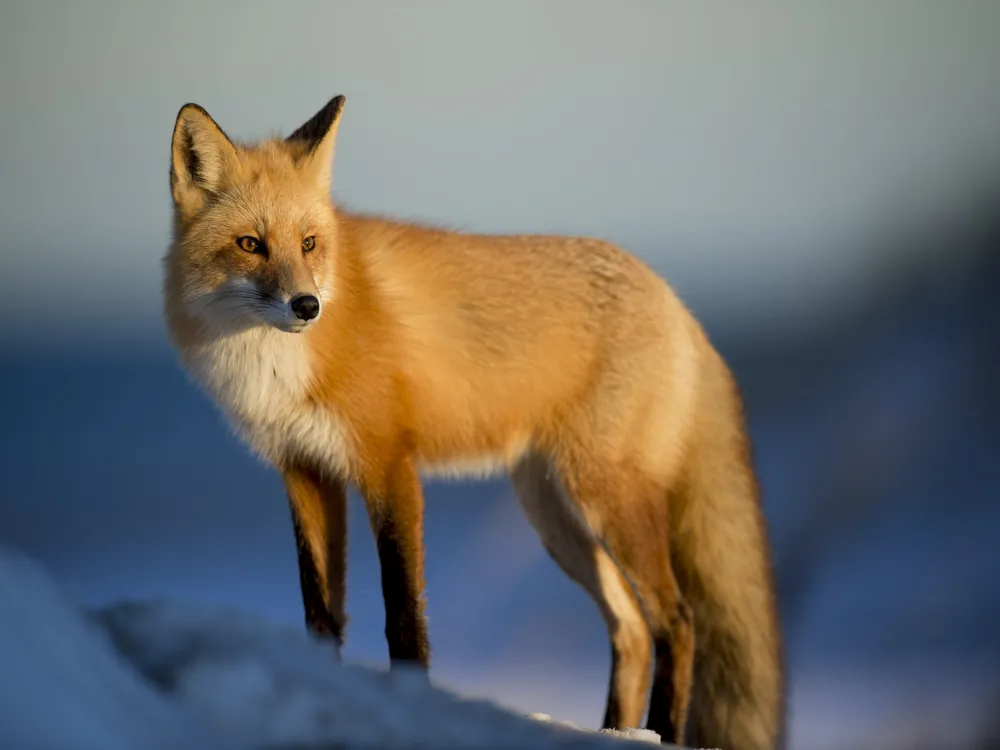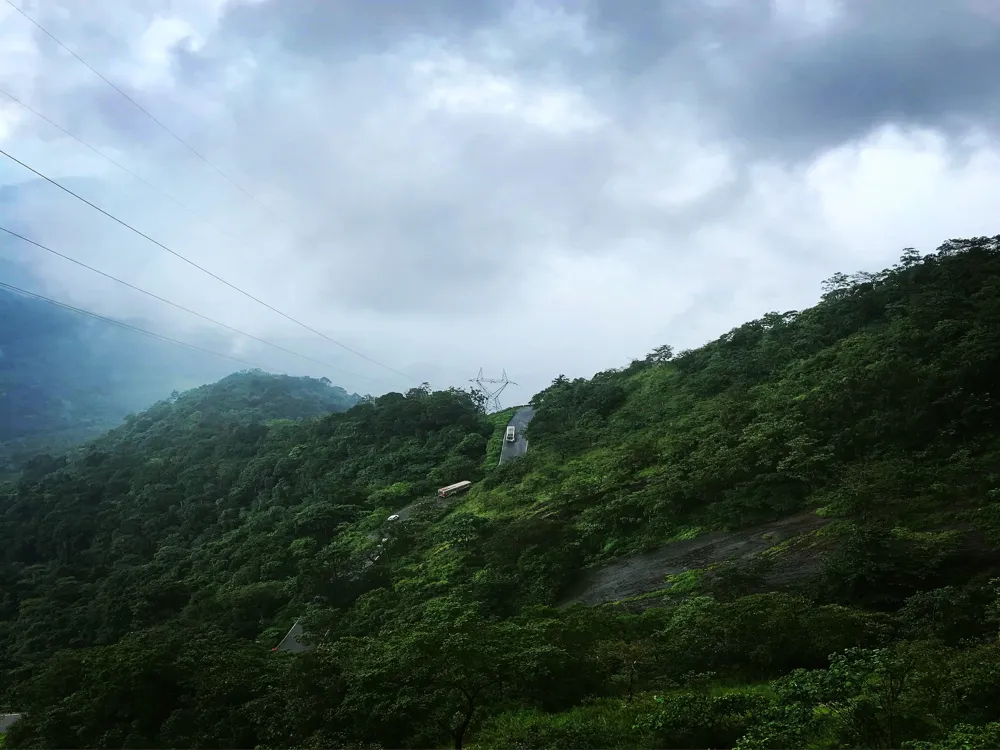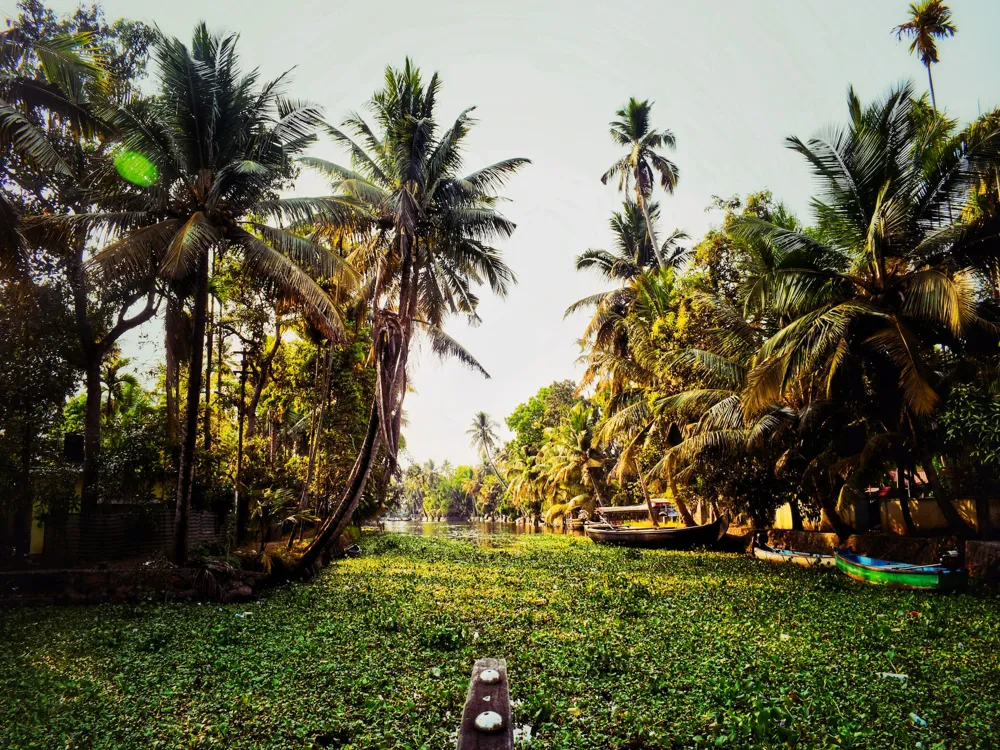Best Time to Visit Tinsukia
Assam India
11 out of 28 Places to visit in AssamNaN onwards View Packages
Get Customized PackagesThe Land of Diversity
Top Hotel Collections

Private Pool

Luxury Hotels

5-Star Hotels

Pet Friendly
What is the Best Time to Visit Tinsukia?
Tinsukia, nestled in the northeastern part of India, is a mesmerizing destination that beckons travelers with its diverse landscapes and cultural richness. Choosing the right time to visit can significantly enhance your experience, ensuring you make the most of what this enchanting region has to offer.
More about Best Time to Travel to Tinsukia
Travel Peak Season in Tinsukia
The peak season in Tinsukia spans from October to March. During these months, the weather is delightful, with mild temperatures and clear skies. This period is ideal for exploring the vibrant local culture, indulging in outdoor activities, and witnessing the breathtaking natural beauty that Tinsukia is renowned for. The town comes alive with festivities, providing a unique and immersive experience for travelers.
Travel Offseason in Tinsukia
On the flip side, the offseason in Tinsukia occurs during the monsoon months of June to September. While some may shy away from the region due to the occasional heavy rainfall, the monsoon brings a different charm to Tinsukia. The lush greenery comes alive, and the Brahmaputra River flows gracefully, creating a picturesque landscape. For those seeking a quieter and more introspective visit, the offseason unveils a serene side of Tinsukia.
Tinsukia Travel Packages
View All Packages For Tinsukia
Tinsukia in Shoulder Season
The shoulder season, falling between the peak and offseason, occurs in April and May. During these months, the weather is transitional, offering a mix of warmth and occasional showers. This period is perfect for budget-conscious travelers, as accommodation prices may be more favorable than during the peak season. Exploring Tinsukia during the shoulder season allows you to enjoy a balance between favorable weather conditions and cost-effectiveness.
Tinsukia in Hot Season
The hot season in Tinsukia, from April to June, sees warmer temperatures. While it may not be the most popular time to visit, those who can tolerate the heat will find a unique charm in the landscape. The heat brings a slower pace to the town, offering a more relaxed and laid-back atmosphere.
Tinsukia in Rainy Season
Embracing the rainy season from July to September in Tinsukia requires an appreciation for the dramatic monsoon rains. The region transforms into a lush paradise during this time, with the rain adding a musical backdrop to your explorations. However, be prepared for occasional disruptions due to heavy rainfall.
Tinsukia in Cool Season
The cool season, spanning from October to March, is arguably the best time to visit. The weather is cool and pleasant, making it ideal for sightseeing and outdoor activities. The festive atmosphere during this period adds an extra layer of joy to your Tinsukia experience.
In conclusion, the best time to visit Tinsukia depends on your preferences and what kind of experience you seek. Whether you prefer the vibrancy of the peak season, the tranquility of the offseason, or the balance of the shoulder season, Tinsukia has something to offer year-round.
Places To Visit In Tinsukia
Nearby Places Tinsukia
Tinsukia Photos
View All Photos For TinsukiaBrowse Package Collections
Browse Hotel Collections
Faq
Q: When is the best time to visit Tinsukia?
A: Tinsukia, nestled in the northeastern part of India, experiences diverse weather patterns. The ideal time to visit depends on your preferences and the kind of experience you seek.
Q: What is the climate like in Tinsukia?
A: Tinsukia has a subtropical climate with three distinct seasons - summer, monsoon, and winter. Summers are warm, monsoons are accompanied by heavy rainfall, and winters are cool and pleasant.
Q: When is the peak tourist season in Tinsukia?
A: The peak tourist season in Tinsukia is during the winter months, from November to February, when the weather is cool and comfortable, making it perfect for outdoor activities and sightseeing.
Q: Are there any specific events or festivals that make a visit during a particular time special?
A: Yes, the Bihu festival celebrated in April is a vibrant and culturally rich time to visit Tinsukia. The town comes alive with traditional dances, music, and colorful festivities.
Q: Is Tinsukia accessible during the monsoon season?
A: While Tinsukia experiences heavy rainfall during the monsoon season (June to September), it is still accessible. However, it's advisable to check weather conditions and road accessibility, especially if you plan on exploring remote areas.

